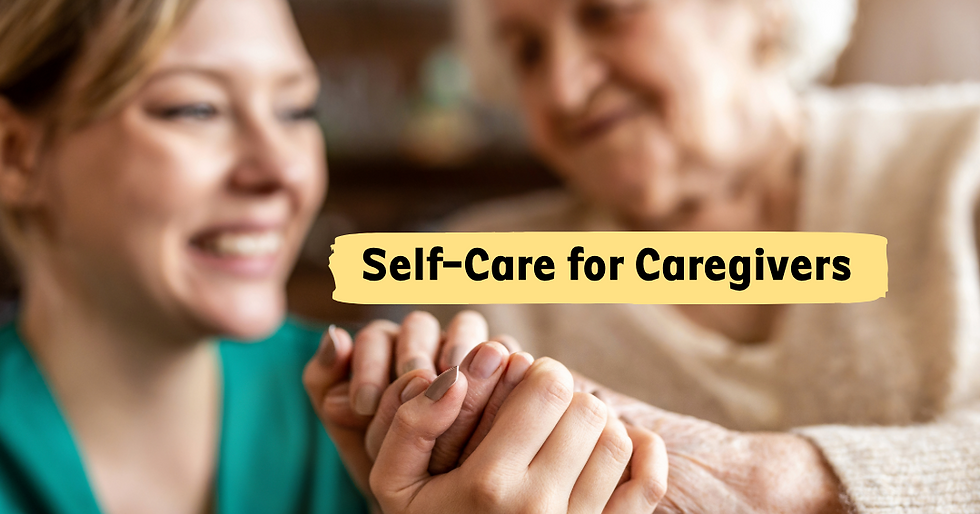12 Things You Can Do to Help Your Children With Anxiety
- Kate Burie
- Aug 13, 2023
- 6 min read
12 Things You Can Do to Help Someone With Anxiety: Anxious Children
No one is born knowing what to do with their emotions. But it’s a skill that can be learned. The good thing is, you too can learn how to help someone with anxiety. In the last three videos, we learned that the most effective way to help kids with anxiety is to teach the parents how to think about anxiety differently. And to stop shaming their kids about it or protecting their kids from it. Instead, parents show their kids that anxiety is ok to feel and then coach kids on how to break down scary tasks into achievable skills.
Here's How to Help Someone with Anxiety
Let's learn a bunch of tools that can help your anxious kid in a practical way.
1. Help Your Child Predict and Rehearse To Respond To A Stressor
Recently I went on a cruise with my sensitive, kinda anxious 8-year-old. One windy, cool morning we were going snorkeling.
Right before we were getting ready to get in, I had a flash of memory- my first-time snorkeling, I was about her age, I had stuck my face in the water, it was cold, I got water in my snorkel, coughed, choked, and immediately gave up. But later as an adult, I found that snorkeling is one of my favorite activities in the world.
Today it was cold and windy, I thought my daughter might be scared. She was really nervous. I’ve seen her flip out and give up before.
So, I took a moment and told her the story of my first time snorkeling and how I got scared and gave up. I told her “Today is a little windy, the ocean has some waves, it might seem a little cold, and the first time you try to breathe through a snorkel it might feel a little weird. Let’s just practice right here on the shore. Good. “
And then I did some predicting for her, so she knew what to expect. When you put your face in the water, you might feel a little shocked at first, it’s going to take a little practice to get used to it.
Will you let me help you and keep trying if it takes a few tries to figure it out? She agreed, so we took it one little step at a time. (Meanwhile, my husband is trying to do the same thing with our 5-year-old, and the 3-year-old and the baby are crying on the shore.)
It’s hard as a parent to keep your cool when everything feels so intense all the time. But this is one of the times I did. She was cold in the water at first, and she was scared of the little fish around her ankles, but we got used to them.
She put her face in the water and got nervous. We readjusted her mask, and she was able to keep her face in the water. I basically held her with two arms for a while as we looked around. With each new fear, she got scared and wanted to escape, and I gently helped her stay.
She didn’t want to touch the stingrays, she didn’t want to go near the shark area, I didn’t force anything, but we had half an hour, and little by little she was doing all the things- swimming around by herself and gleefully looking at all the cool stuff.
Predicting for her and helping her walk through what it would be like before the event really helped her have an incredible experience.
2. Create A Safe and Consistent Environment
Your relationship is the number one thing that helps your child feel safe, but second, to that, a consistent routine is super powerful.
When your morning and evening routines are predictable and consistent, they learn what to expect.
When you consistently expect them to go to school or do their homework, the uncertainty is gone and that can really help them decrease their anxiety and step up to the task at hand.
3. Mantras Help Kids with Anxiety
Mantras can be really helpful. It’s like a family rallying cry. “I can feel scared and do it anyway”, “I can do hard things”. “You can’t turn off scared, but you can turn up brave” My kids came home from “Grandmama’s camp” saying “McAdams do hard things!!” with a little cheer that goes with it.
Remember, we aren’t just telling kids to “get over it” but instead fostering resilience by paying attention to their ability to face their fears and overcome challenges with our support.
4. Practice Skills to Face Anxiety
Practicing can be a really powerful way to develop the skills to face anxiety- Acting it out.
We can do this with our kids by talking about it, but also by acting it out with little toys.
Your child can even play the parent and you can play the child.
Imagine Paw Patrol- “oh, Marshall is afraid to go to bed, in comes rocky- hey Marshall, I know you feel nervous, but you are safe. Let’s sing a song before we go to bed” etc. You can also draw a picture of a kid facing their fear, and how they overcome it, and it can be really helpful to help them.
Visualizing what it looks like when it goes well- how you’ll accomplish your goal, how good your child will feel etc.
5. Notice The “Worry Thoughts”
Notice the “worry thoughts” give them a name. “Oh, hi little worry thought, seems like you always like to show up at bedtime!”
Normalize it “Did you know that everyone has a little worried voice? Even me.” Or if your child is really anxious about a fire drill- “Are your worries talking really loudly today?”
Think of the fear guy in Inside Out, we don’t need to push this part of us away. We all have lots of parts and we can’t just force them out, instead, we can befriend them.
We don’t always have to listen to them, agree with them, or do what they tell us. Instead, we coach our children to acknowledge their thoughts and make a choice about what action they’ll take.
After acknowledging the worry thought, you could say something like “Are there any other thoughts too? Like anything in there, that says maybe I should try. Or you’ve been able to do this in the past”
6. Create A Shame-Proof Environment
Tell stories about times you felt nervous, times you were scared, times when you avoided something and regretted it, and times when you faced your fears and did it anyway. Tell stories about the mistakes you’ve made and what you’ve learned from them. Make it normal to be learning about emotions and that you can grow through them.
7. Emphasize Success
“You slept in your bed all by yourself, I’m so proud of you. I knew you could do it”. Hang up pictures of their brave actions. Tell the story of them facing their fears over and over. What you pay attention to, you get more of.
8. Create Safe Spaces
Like a book full of happy photos that they choose, or a comfortable chair and a soft blanket where they can calm down and recharge.
9. Give Importance to Physical Health
Physical Health is essential to mental health. Kids (and adults) are less resilient when they’re tired, hungry, or have had too much sugar. So, make sure they get enough sleep, exercise, and sunlight. Make sure they have time to play with friends, and downtime to relax. Try to help them eat healthy food and consider a vitamin supplement.
10. Teach Kids Deep Breathing and Self-Soothing
Learning how to soothe your body can be really powerful. Watch a couple of videos from my free grounding skills course or search “Belly breathing” and practice them on your own for a while then you can teach them to your kids and that can help them regulate that fear response. You can also help them soothe and regulate their nervous system by hugging, touching, eye contact, or talking calmly. This is called Co-Regulation and it’s one of the most powerful ways to regulate emotions.
11. Clarify Which Choices They Can Make and Which Ones You Choose for Them
Yes, you must wear a seatbelt, go to the doctor, and go to school. It is not a choice to avoid school- you can choose if you want support there, and what type of support. But you must go. But you can choose to not watch a movie if it’s too scary, you can choose when you want to try the big slide or the high dive or when you want to take your training wheels off. Give them as much autonomy with these choices as possible.
12. Connect with Your Kids
Sometimes anxiety is about getting attention from mom and dad. It’s still a real emotion, it’s not that they’re being manipulative, it’s that they have a need for connection and closeness, and they’ve found that the way to get it met is through being scared, so show them they can get it met in a positive way instead.
The most important thing in the world to a kid is their connection with mom and dad. So sometimes, subconsciously, a child begins to notice that when they’re scared or anxious their mom or dad is fully engaged in them, fully present, holding them and hugging them and helping them, but when they’re just chilling and happy and playing, their parent is looking at their phone or busy with housework.
So, it can also be helpful to plan consistent one-on-one time with them, where they have your full attention and the two of you do something positive together.
You send the message that “We can connect in an intense, fun way, not just when you’re anxious. Schedule this so you make sure it happens. You might be surprised how many problems this prevents.





Comments